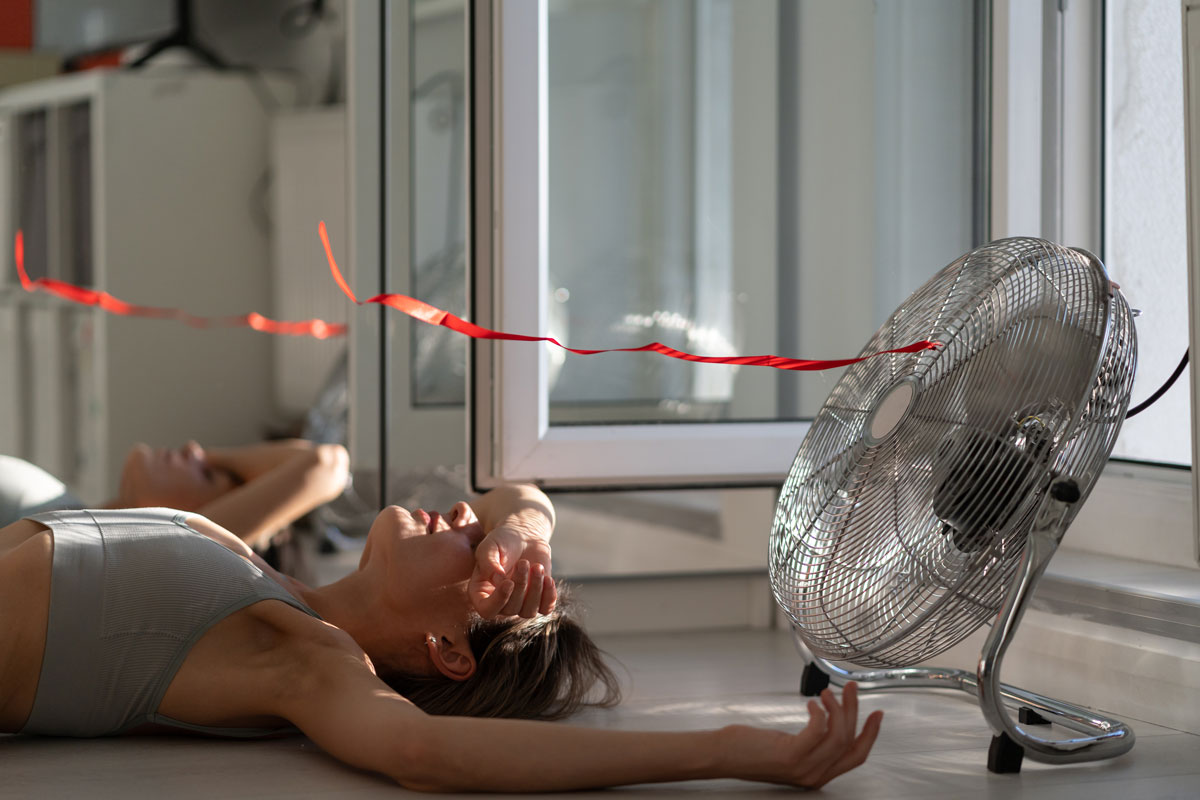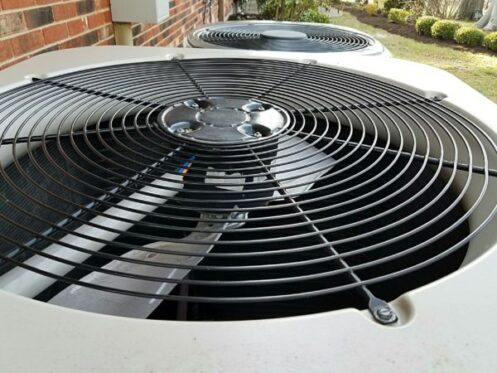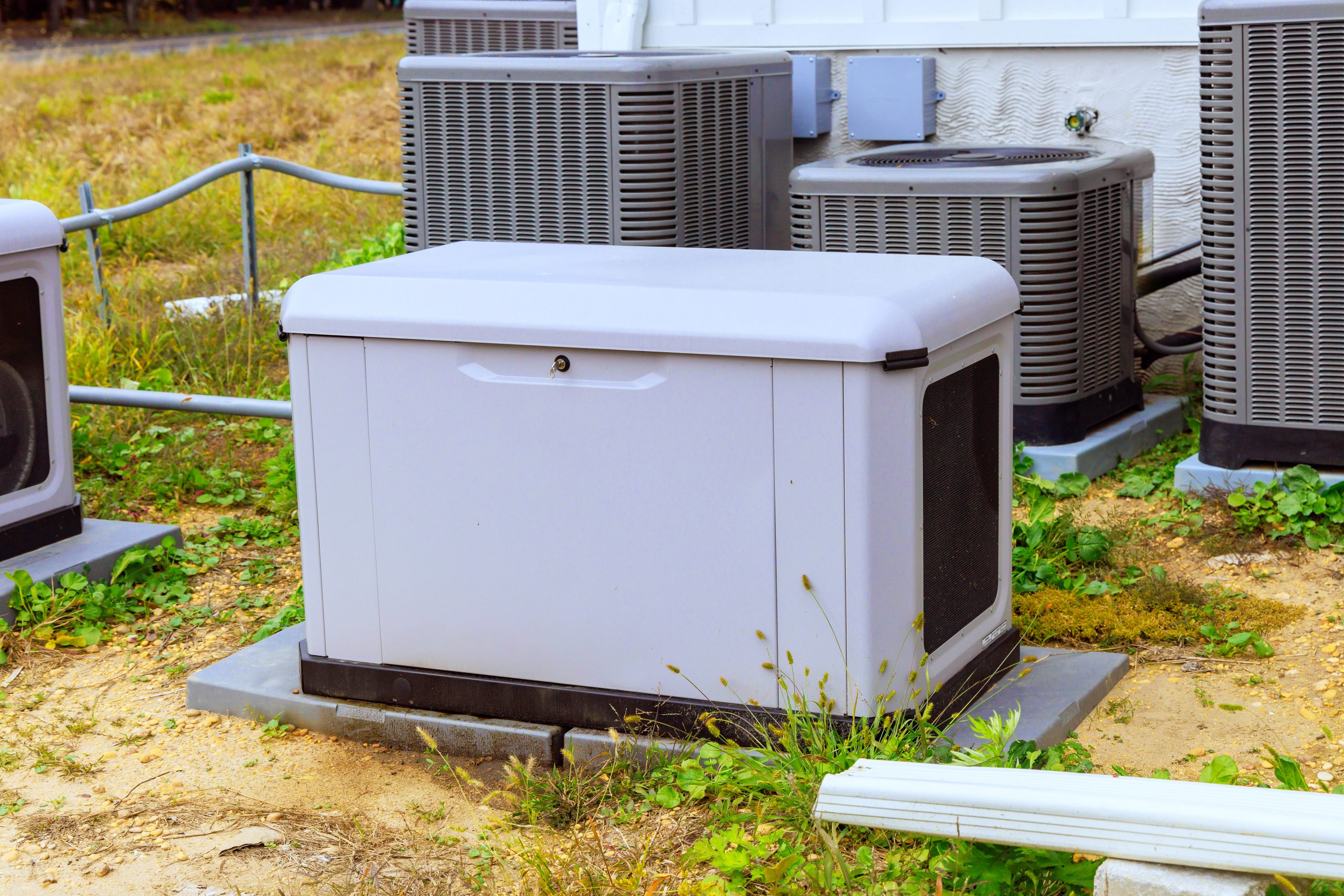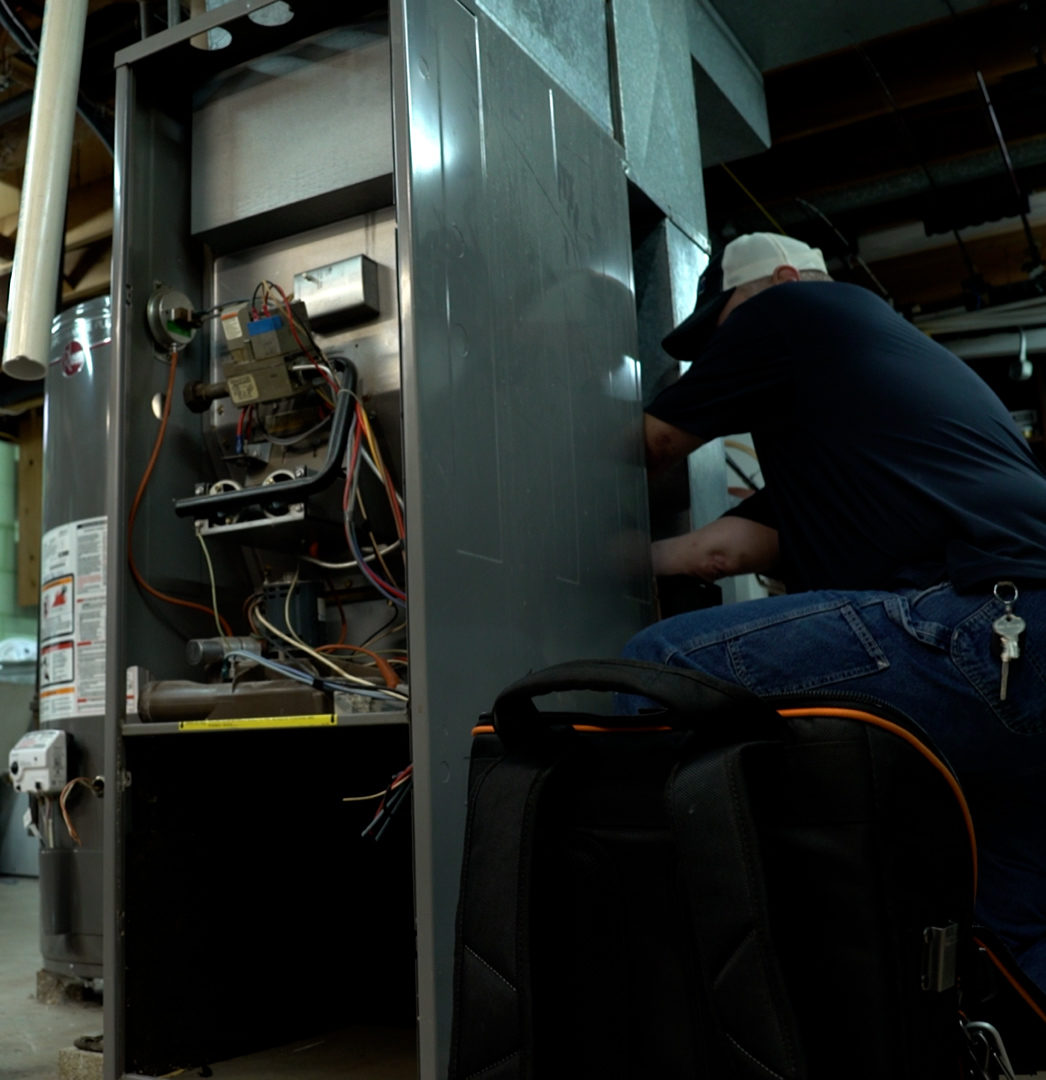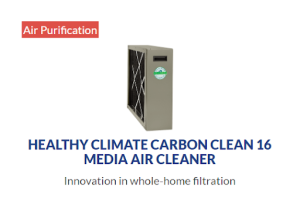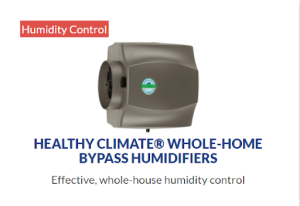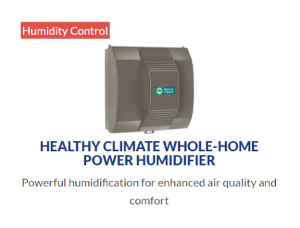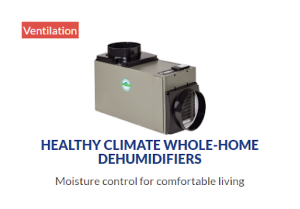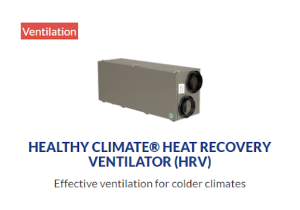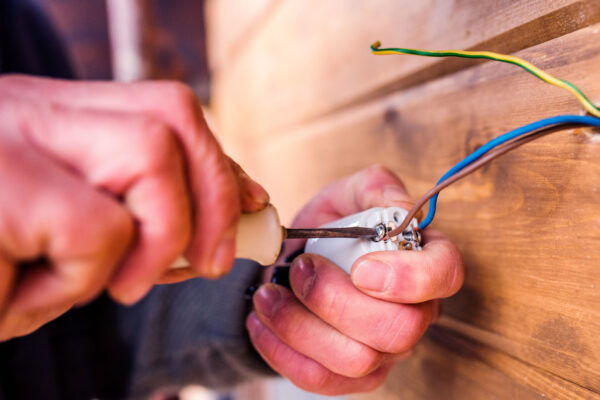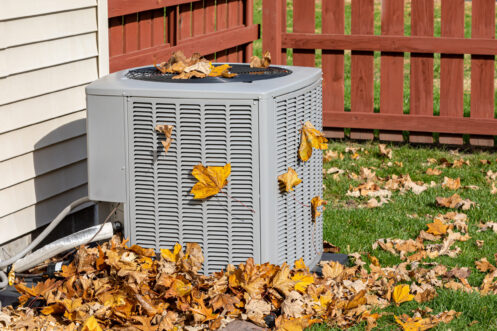Looking to make your home more sustainable while staying comfortable? At Hometown Heating, Air and Electric we’re dedicated to helping Wisconsin homeowners go green. Green electric upgrades in Wisconsin reduce your environmental impact and cut utility costs. Here are five smart electrical solutions to build a greener home, perfectly complementing our HVAC services.
Why Green Electric Upgrades Are Essential
Eco-friendly electrical upgrades minimize energy waste, enhancing the efficiency of your heating and cooling systems. These solutions save money, support Wisconsin’s sustainability goals, and maintain home comfort, making them a win-win for homeowners.
- Install Smart Thermostats
A smart thermostat optimizes your heating by learning your routine and adjusting temperatures automatically. With smartphone app control, you can fine-tune your HVAC system from anywhere, reducing energy use by up to 15%. Features like geofencing ensure your home is warm when you arrive and efficient when you’re away, making it a top choice for eco-conscious Wisconsin homes. - Upgrade to LED Lighting
LED bulbs use 75% less energy than incandescent lights and last up to 25 times longer. Adding motion sensors or dimmers further cuts consumption by ensuring lights are only on when needed. For Wisconsin homeowners, this upgrade lowers electricity bills and pairs beautifully with efficient HVAC equipment. Explore more ideas in our energy-saving tips. - Use Smart Power Strips
Smart power strips eliminate phantom energy loss by cutting power to idle devices like chargers or entertainment systems. With programmable settings, they ensure only essential devices stay powered, reducing your home’s overall energy footprint. This upgrade complements HVAC efficiency, helping Wisconsin homes save more on utilities. - Add Solar-Powered Outdoor Lighting
Solar-powered lights for driveways, patios, or gardens use Wisconsin’s sunlight to operate, eliminating electricity costs. These low-maintenance fixtures require no wiring and enhance safety and curb appeal. They’re a sustainable addition to any home, aligning with our maintenance guide for eco-friendly upkeep. - Incorporate Energy Monitoring Systems
Energy monitoring systems provide real-time data on your home’s electricity use, pinpointing high-consumption devices. By identifying inefficiencies, you can adjust habits or upgrade appliances to save energy. These systems integrate with HVAC controls, ensuring your heating and cooling run optimally, creating a truly green Wisconsin home.
Build a Greener Home Today
Ready to embrace these green electric upgrades in Wisconsin? At Hometown Heating, Air and Electric, our team is here to guide you. Contact us now for a consultation and start enjoying a sustainable, comfortable home!


